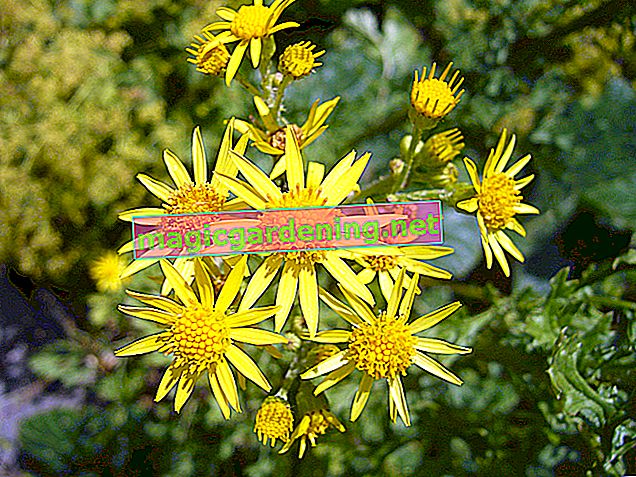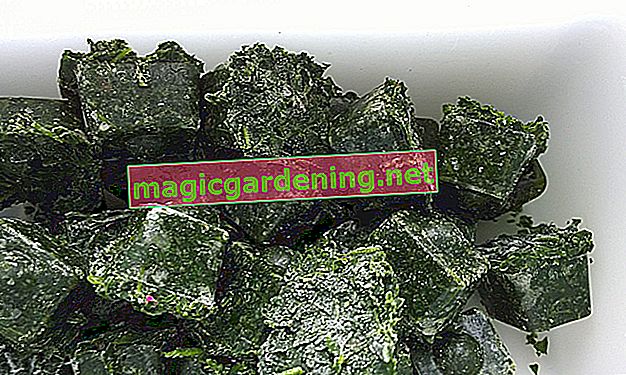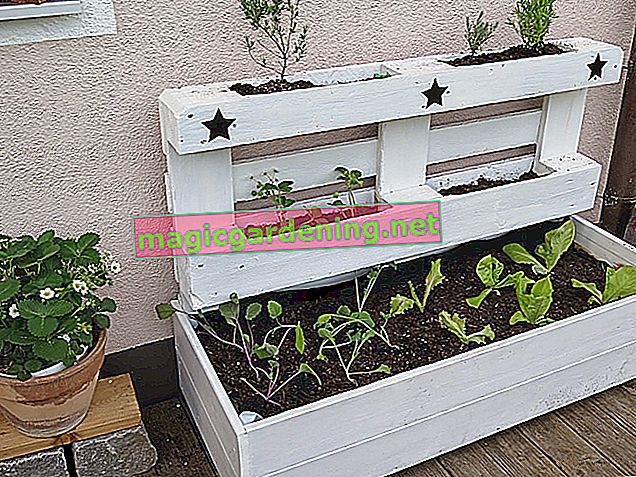
St. John's wort and Jacob's ragwort - very similar
The highly poisonous Jacob's ragwort is similar to the medicinal St. John's wort. Someone who does not yet really know St. John's wort and is looking for it in a meadow, for example, should be careful! At first glance, the poisonous Jacob's ragwort looks like St. John's wort. A closer look reveals that they are quite different.
also read
- Dandelions: Beware of confusion!
- How can you overwinter St. John's wort?
- Which types of St. John's wort are important?
The reason Jacob's ragwort is so dangerous is because it contains alkaloids. Liver damage can occur after consuming this herb. In extreme cases, poisoning can be fatal. Both the leaves and the stems, roots and flowers are poisonous.
Different sheets
You can tell the difference between these two plants by looking at the leaves. St. John's wort has extremely distinctive leaves when you look at them closely. They have translucent, punctiform areas. When rubbed they give off a reddish juice.
The leaves of Jacob's ragwort are completely different from the small, egg-shaped, smooth-edged and oppositely lying leaves of St. John's wort:
- greater
- form a rosette in the first year
- simply pinnate
- bluntly pointed
Different flowers
While the flowering time of both herbs is the same, the flowers look different. Like St. John's wort, the inflorescence of Jacob's ragwort is richly branched. But the individual flowers look different. The flowers are composed of ray and tubular flowers. This makes the flowers of Jacob's ragwort more similar to those of daisies or marigolds.
It is also striking that the flowers of St. John's wort only have 5 petals. These are broad-round with him. Jacob's ragwort, on the other hand, has more than 5 petals. With him they are narrower and more elongated.
Another candidate for confusion: Wiesenpippau
Furthermore, the harmless Wiesenpippau looks similar to St. John's wort. But there are certain differences here too:
- less leafy
- Flowers are more like dandelions
- Leaves are much larger
- blooms from May
Tips
If you are not 100% sure that it is St. John's Wort, then do not collect the plant!








